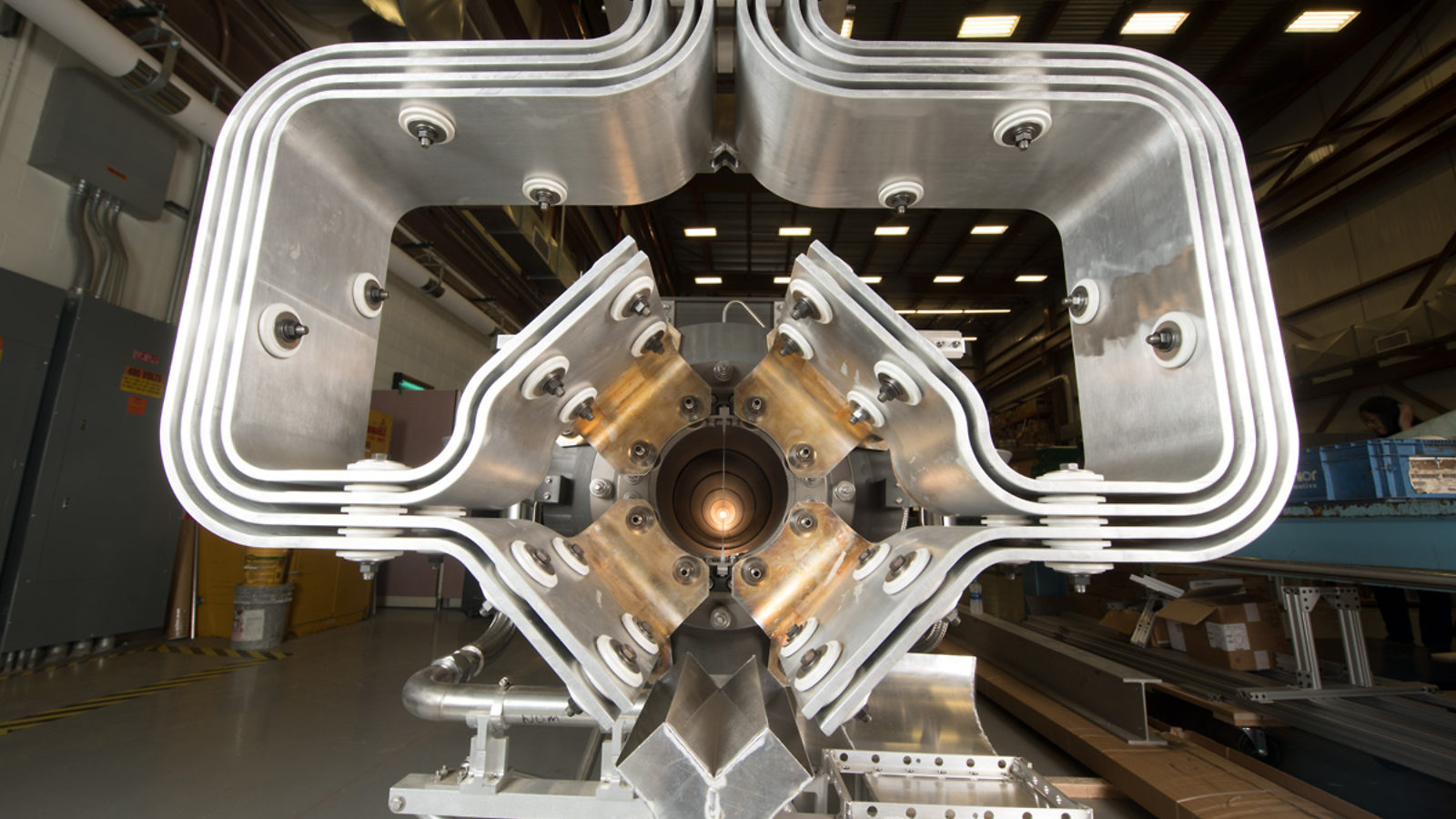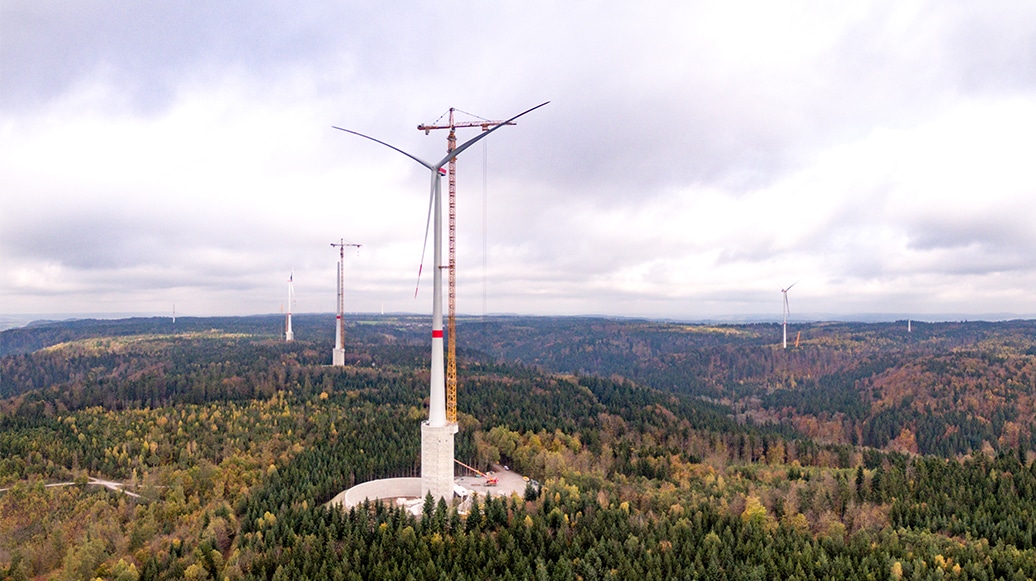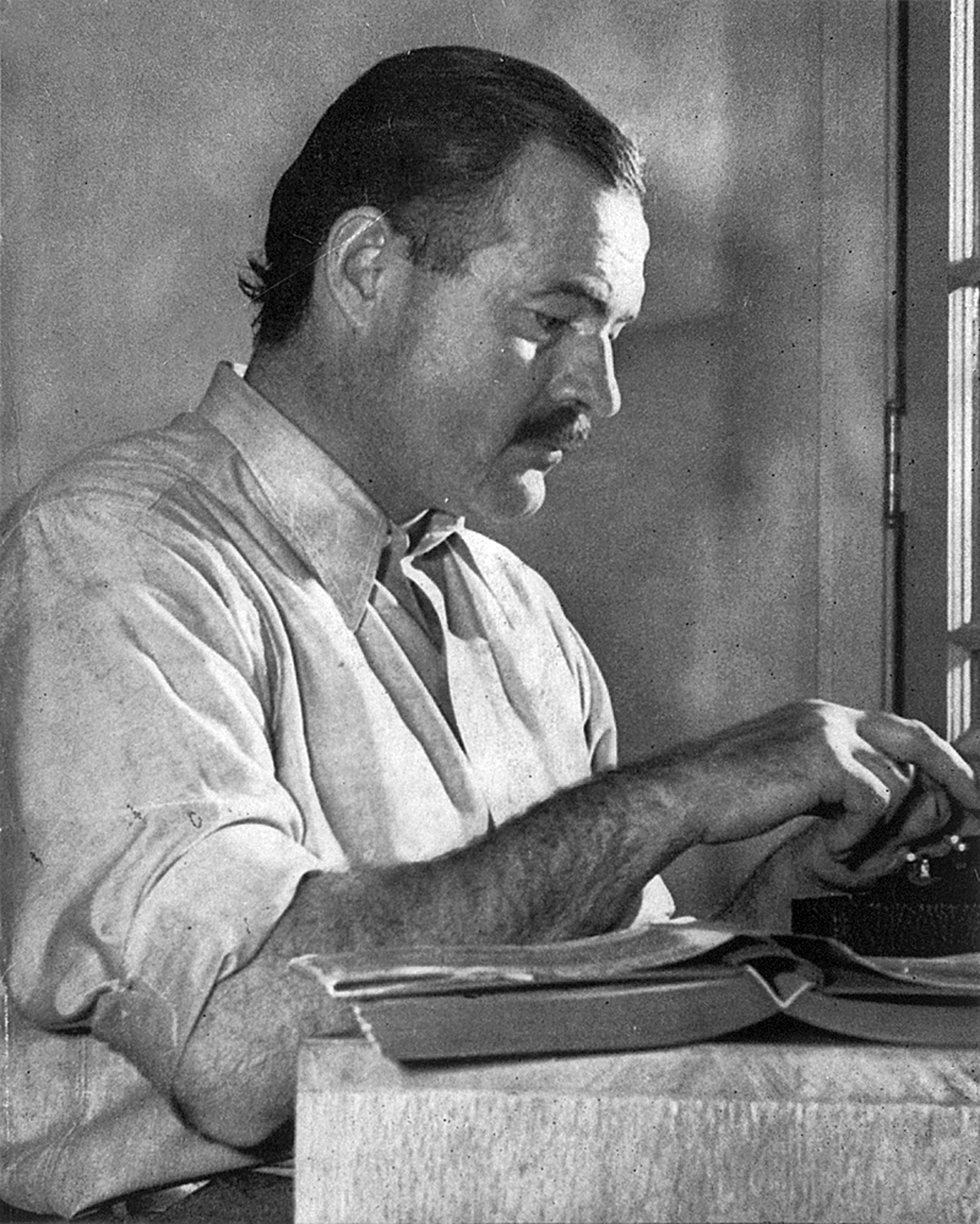
How do you make the world’s most powerful neutrino beam?
What do you need to make the most intense beam of neutrinos in the world? Just a few magnets and some pencil lead. But not your usual household stuff. After all, this is the world’s most intense high-energy neutrino beam, so we’re talking about jumbo-sized parts: magnets the size of park benches and ultrapure rods of graphite as tall as Danny DeVito.
Physics experiments that push the extent of human knowledge tend to work at the extremes: the biggest and smallest scales, the highest intensities. All three are true for the international Deep Underground Neutrino Experiment, hosted by the Department of Energy’s Fermilab. The experiment brings together more than 1000 people from 30-plus countries to tackle questions that have kept many a person awake at night: Why is the universe full of matter and not antimatter, or no matter at all? Do protons, one of the building blocks of atoms (and of us), ever decay? How do black holes form? And did I leave the stove on?
To tackle the biggest questions, DUNE will look at mysterious subatomic particles called neutrinos: neutral, wispy wraiths that rarely interact with matter. Because neutrinos are so antisocial, scientists will build enormous particle detectors to catch and study them. More matter inside the DUNE detectors means more things for neutrinos to interact with, and these behemoth neutrino traps will contain a total of 70,000 tons of liquid argon. At their home 1.5 kilometers below the rock in the Sanford Underground Research Facility in South Dakota, they’ll be shielded from interfering cosmic rays—though neutrinos will have no trouble passing through that buffer and hitting their mark. The detectors can pick up neutrinos from exploding stars that might evolve into black holes and capture interactions from a deliberately aimed beam of neutrinos.














/cdn.vox-cdn.com/uploads/chorus_asset/file/25386604/STK471_Government_Surveillance_CVirginia_B.jpg)







